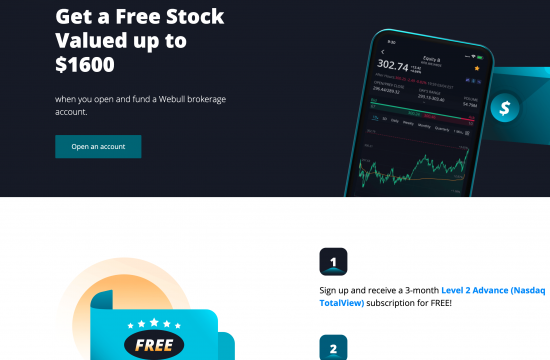Westlake Chemical (NYSE:WLK) has had a great run on the share market with its stock up by a significant 45% over the last three months. However, we wonder if the company’s inconsistent financials would have any adverse impact on the current share price momentum. Particularly, we will be paying attention to Westlake Chemical’s ROE today.
Return on equity or ROE is an important factor to be considered by a shareholder because it tells them how effectively their capital is being reinvested. In short, ROE shows the profit each dollar generates with respect to its shareholder investments.
See our latest analysis for Westlake Chemical
How Is ROE Calculated?
Return on equity can be calculated by using the formula:
Return on Equity = Net Profit (from continuing operations) ÷ Shareholders’ Equity
So, based on the above formula, the ROE for Westlake Chemical is:
6.7% = US$432m ÷ US$6.4b (Based on the trailing twelve months to June 2020).
The ‘return’ refers to a company’s earnings over the last year. Another way to think of that is that for every $1 worth of equity, the company was able to earn $0.07 in profit.
What Is The Relationship Between ROE And Earnings Growth?
So far, we’ve learned that ROE is a measure of a company’s profitability. We now need to evaluate how much profit the company reinvests or “retains” for future growth which then gives us an idea about the growth potential of the company. Generally speaking, other things being equal, firms with a high return on equity and profit retention, have a higher growth rate than firms that don’t share these attributes.
Westlake Chemical’s Earnings Growth And 6.7% ROE
At first glance, Westlake Chemical’s ROE doesn’t look very promising. We then compared the company’s ROE to the broader industry and were disappointed to see that the ROE is lower than the industry average of 10%. Accordingly, Westlake Chemical’s low net income growth of 2.5% over the past five years can possibly be explained by the low ROE amongst other factors.
As a next step, we compared Westlake Chemical’s net income growth with the industry and were disappointed to see that the company’s growth is lower than the industry average growth of 9.3% in the same period.

The basis for attaching value to a company is, to a great extent, tied to its earnings growth. What investors need to determine next is if the expected earnings growth, or the lack of it, is already built into the share price. By doing so, they will have an idea if the stock is headed into clear blue waters or if swampy waters await. One good indicator of expected earnings growth is the P/E ratio which determines the price the market is willing to pay for a stock based on its earnings prospects. So, you may want to check if Westlake Chemical is trading on a high P/E or a low P/E, relative to its industry.
Is Westlake Chemical Efficiently Re-investing Its Profits?
A low three-year median payout ratio of 17% (implying that the company retains the remaining 83% of its income) suggests that Westlake Chemical is retaining most of its profits. This should be reflected in its earnings growth number, but that’s not the case. So there might be other factors at play here which could potentially be hampering growth. For example, the business has faced some headwinds.
Additionally, Westlake Chemical has paid dividends over a period of at least ten years, which means that the company’s management is determined to pay dividends even if it means little to no earnings growth. Upon studying the latest analysts’ consensus data, we found that the company’s future payout ratio is expected to rise to 61% over the next three years. Regardless, the ROE is not expected to change much for the company despite the higher expected payout ratio.
Summary
In total, we’re a bit ambivalent about Westlake Chemical’s performance. While the company does have a high rate of reinvestment, the low ROE means that all that reinvestment is not reaping any benefit to its investors, and moreover, its having a negative impact on the earnings growth. With that said, the latest industry analyst forecasts reveal that the company’s earnings growth is expected to slow down. To know more about the latest analysts predictions for the company, check out this visualization of analyst forecasts for the company.
This article by Simply Wall St is general in nature. It does not constitute a recommendation to buy or sell any stock, and does not take account of your objectives, or your financial situation. We aim to bring you long-term focused analysis driven by fundamental data. Note that our analysis may not factor in the latest price-sensitive company announcements or qualitative material. Simply Wall St has no position in any stocks mentioned.
Have feedback on this article? Concerned about the content? Get in touch with us directly. Alternatively, email editorial-team@simplywallst.com.











